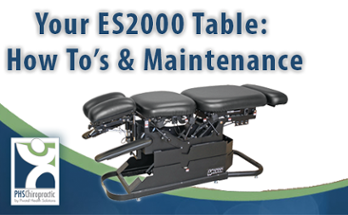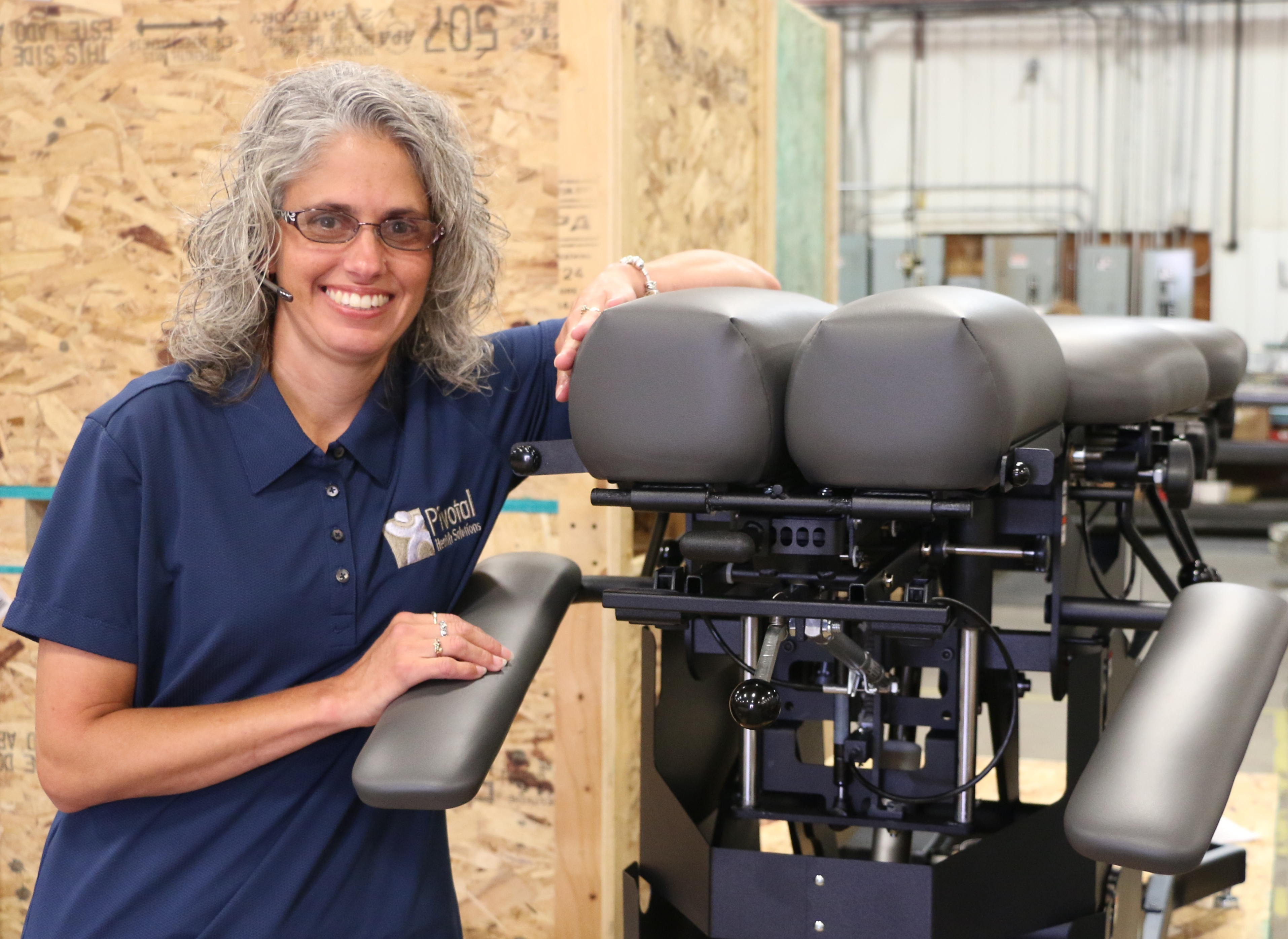It’s no lie that the tables medical practitioners use are expensive. However, when such a table is putting up with the beating of human bodies all day, these tables must be the best of the best to sustain such use. Although expensive, tables used by medical professionals is arguably the most important investment for their practice.
With such a valuable piece of equipment, it is really important you keep it in tip-top shape. For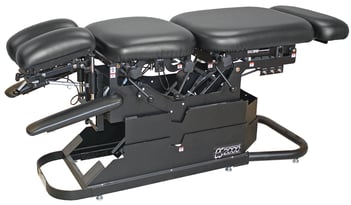 example, Pivotal Health Solutions' Chiropractic brand features the ES2000 Adjusting Table Gen II. This state-of-the-art table takes your basic chiropractic table one step further, with smooth electric elevation and easy upgrades so you can customize your table to your practice setting. It should be common sense, but it is crucial you read the entire manual before operating any table; you can never be too careful when operating an expensive piece of equipment.
example, Pivotal Health Solutions' Chiropractic brand features the ES2000 Adjusting Table Gen II. This state-of-the-art table takes your basic chiropractic table one step further, with smooth electric elevation and easy upgrades so you can customize your table to your practice setting. It should be common sense, but it is crucial you read the entire manual before operating any table; you can never be too careful when operating an expensive piece of equipment.
Now that you’ve dug out your table’s manual from that dusty drawer, it’s probably a good idea to determine if you are maintaining your table. Is it as clean as it was when you got it? Does is make a squeaky noise? Does is seem unstable? These are all common issues that develop over time if you do not properly maintain your table. Pivotal Health Solution’s Tammy White, the Service and Warranty Representative, is passionate about keeping tables in tip-top shape. Tammy has outlined an ongoing maintenance plan for your valuable investment to keep it clean and working properly for years to come.
Clean and carefully examine your table at least once a month
- Avoid harsh cleaners like bleach on your cushions- use a mild detergent and water mixture
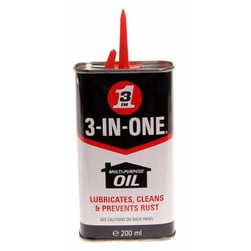
instead. - Dust underneath your table and clean the non-moving parts underneath as well. Although your patients won’t necessarily see these parts, they need just as much TLC as the rest of your table.
- Tighten all loose bolts by carefully examining your table cushions to base. Loose nuts and bolts can often be the root of your squeaky table problem.
- Oil moving parts of your table - using a 3 in 1 oil or lithium-grade grease, oil moving parts to ensure each part moves properly. This, too, could be the root of a squeak. Always use a lithium-grade grease on bearings, but avoid using cleansers or oil on mechlocks (moving parts that support tilting head pieces or breakaway chest pieces; any residue on mechlocks can affect their function, so dust these areas with a soft cloth)
Most importantly, pay attention. If your table continues to make an odd noise after a thorough cleaning, it could be a sign that your table needs immediate attention.
Replaceable Parts
Even if you take exceptionally good care of your table, everyday wear and tear will probably catch up with your table throughout the years. Sometimes table parts have to be replaced, generally only when not functioning properly. In the case of cushions, the part of your table that takes the most beating, may need to be replaced after significant wear and tear.
Here are the 4 parts of your table that are most commonly replaced after years of use:
1. Foot pedals- raise and lower your table for preferred height of your patient

2. Control Box- The heart and brain of your table. It translates the signals from the control unit into perfectly controlled movement and adjustment of the table.
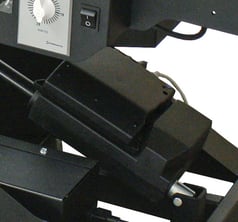
3. Table Cushions- Crucial for patient comfort. Keeping these clean and in good shape is important, for it's most likely the only thing the patients pay attention to.
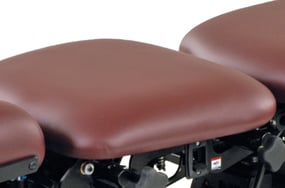
4. Straps or Handles- To manipulate the table drops and headpiece.
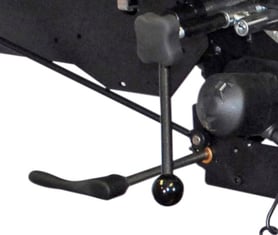
These parts are usually quite easy to repair or replace on your own. With the new part, if needed, all you will need is a standard wrench, an Allen wrench set, a flat and Phillips head screwdriver and a pair of pliers. If you are not comfortable repairing or replacing your equipment on your own, don't. Some practices have a handyman they call when something needs fixing and the same should be for your table maintenance. Have an on-call qualified repairman to replace parts if assistance is required.
Final Note from Tammy
In some cases, tables may come with a parts warranty or a parts and service warranty. However, not all warranties will cover service, so make sure to read your manual and product details carefully.
Like I said earlier, wear and tear is unavoidable, but by performing regular maintenance, you can avoid significant damage and your table can live a long, enjoyable life with you and your practice.
Click below for a short video series about your ES2000, how to use it properly and how to keep it maintained for the best possible patient results.

